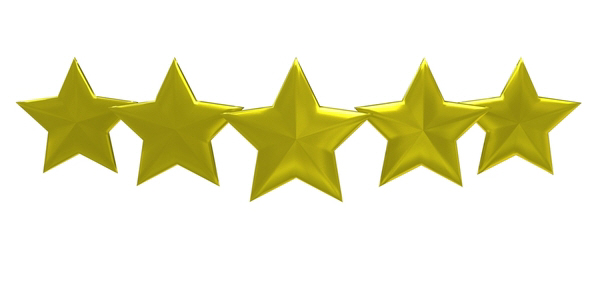We have discussed at length how the CPO role is converging across the enterprise to include more responsibilities, and more overlap with traditionally-siloed departments, like finance, HR, Legal, Logistics, Operations, and IT. Moreover, supply risks change in scope, severity, and frequency, shaking up the traditional risk landscape. As a result, CPOs find themselves having to manage a wider array of supply risks – some familiar, some foreign – in a way that values metrics, leverages outside data, centralizes information, drives accountability, and embraces technology.
And so, with a nod to Rob Gordon in High Fidelity, here are our “top five” strategies to better manage supply risk, as embraced by CPOs:
- Clearly define metrics for supply risk and performance: A majority (52%) of CPOs rated this as their top supply risk management strategy – and in our view, rightfully so – as procurement cannot manage what it cannot track. Developing clearly defined metrics for both suppliers and supply risk helps procurement monitor key events, like contract expiration dates, and key supplier performance metrics to help keep the enterprise and the supplier contract compliant.
- Centralize supplier information in a centralized system or database: Nearly as many CPOs (47%) placed this as their top strategy for managing supply risk. Centralizing supplier information can provide enterprise-level visibility that drives greater internal collaboration; now, other stakeholders like AP/Finance, Legal, and Operations – can view what procurement views and help procurement be proactive when managing supplier relationships and supply risk.
- Clearly define ownership for managing supply risk: Since procurement’s responsibilities have converged across the enterprise and have pulled in multiple stakeholders with multiple forms of risk to manage, it becomes even more important to know where the buck stops. As a result, 37% of CPOs consider clearly defining ownership of supply risk management a top strategy – one “throat to choke” is easier than many.
- Adopt technology systems to measure supplier performance, capabilities, and other key data: 31% of CPOs indicated that this was a top strategy of theirs in 2014, buoyed by the rise of big data and the maturity of spend analytics solutions. In 2015, if they have not already, enterprise procurement teams of all sizes should really consider transitioning from manual, back-of-envelope methods of measuring supplier performance and capabilities to digital, automated supplier performance management and risk management solutions.
- Use third-party information systems to monitor and assess supply risk: Managing supply and supplier risk involves more than keeping tabs on suppliers and watching the news every morning. Today’s news is yesterday’s supply risk. That is why 30% of CPOs leverage third-party information and data services, like supplier information management providers, to paint a more holistic supply and supplier risk profile.
Combining third-party information sources with clearly-defined enterprise supply risk data and supplier information into a centralized supplier information management tool allows enterprise procurement teams to distill supply risk intelligence that is holistic and actionable. With this intelligence in hand, CPOs can take the lead within the enterprise to proactively manage supply and supplier risk. Separately, these are important strategies that CPOs have been taking to mitigate risk; together, they form a cohesive enterprise supply risk management strategy that can help keep enterprises out of hot water in 2015.
RELATED ARTICLES
Visibility: What Does it Mean for Suppliers?
Three Sourcing Tools to Aid Supplier Discovery
ISM at 100: The Hidden Risks Lurking Within Supplier Relationships
ISM at 100: Conflict Minerals Compliance – Yesterday, Today, and Tomorrow
ISM at 100: Robert Gates on Global Stability and Supply Risk

